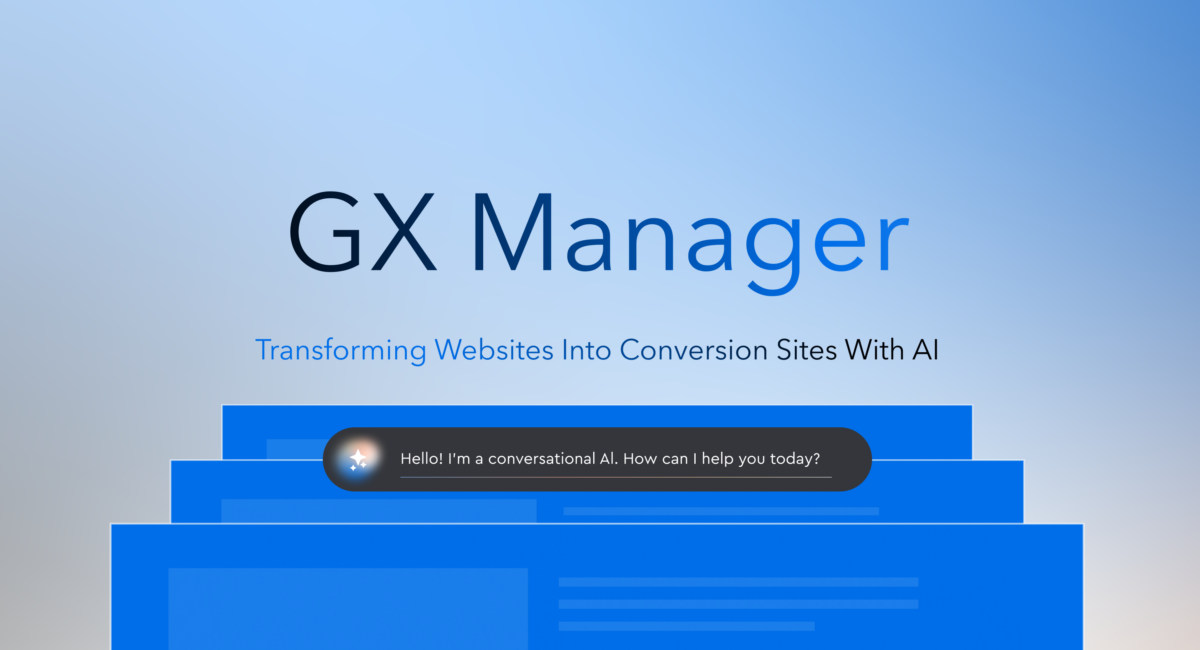|
|
Here in Q1 of 2022, it’s safe to say that what was once considered unthinkable—a stifled supply chain, a lingering pandemic, a picturesque Canadian capital besieged by truck drivers—is now just another day on Earth.
Sure, individuals and businesses alike have grown accustomed to the Sturm und Drang of this new normal (or at least are pretending to). But amid these fluctuations are more fundamental (and more fascinating) shifts—facilitated by new technologies and changing social dynamics—that promise to revolutionize the way marketers operate and communicate.
Here are nine uncommon trends we handpicked from the thought leadershipverse.
1. What’s Real Is Fake Again

Ezra Marcus of the New York Times predicts the metaverse will “remain the province of a few headset-wearing nerds” for now.
But soon enough, it’s destined to warp the marketer’s heightened sense that authenticity is king. After all, if people and their chosen environments evolve in the metaverse, their “fake” selves might start to feel more real than their real selves. And they will want brands and consumer experiences to connect with their morphing meta-selves.
While Mark Zuckerberg et al. might have been breathless about the metaverse in 2021, companies will have to take stock and determine how they want to operate in worlds fake, real, and some combination of both.
2. Death to Tracking, All Hail Content

The death of the cookie is still dragging on, but the challenges around effective ad segmentation and microtargeting remain. And it’s not all about the cookies: Privacy expectations and regulations are reshaping the entire digital landscape. While there are a slew of EU data- and privacy-related laws coming up this year, even the European Parliament itself has been chided for GDPR breaches.
Accenture Interactive points out that while these changes are generally welcome from the customer’s perspective, people who can’t be tracked are likely to have poorer online experiences. (An avalanche of stuff you’re tempted to buy in your social feeds is annoying enough—imagine an avalanche of stuff you’re not interested in at all…)
Advertisers are racing to implement first-party data collection strategies, but the size of one’s email directory is not the key metric here. Like Santa’s elves, companies need to give the people what they want.
If you can’t use tech to micro target, you can use content. Instead of rushing out to contact people, pull them in by ensuring your content is high quality, relevant, and engaging to your target audiences. A narrow yet deep and pleasantly readable e-newsletter for, say, people who have signed up to learn about IoT capabilities will be much more valuable to recipients than a more general tech-related ad that pops up in response to past online behaviors.
Maybe you can no longer track, but if you do the work of uncovering and synthesizing hard-to-get information, they’ll find you.
3. Corporations: The New Paywall-Free News Source

Axios reports that media companies targeting high-end readers (The Information, Air Mail, Punchbowl News) are thriving. But as Kathleen Hall Jamieson, director of the Annenberg Public Policy Center and founder of Factcheck.org puts it, “The problem is that we can’t have so much behind paywalls that the public can’t afford to break through.”
The idea that only affluent people will be getting high-quality news in the future is abhorrent. But there might be a less pessimistic take: Some brands, after all, offer accurate, illuminating content that decodes complexity and tells compelling stories about our fast-changing world. All without paywalls. Could trustworthy corporations with impeccable content strategies end up democratizing information?
4. My Colleague, My Therapist

As companies take a robust interest in mental health, trustworthy coworkers are even being offered up as peer therapists. WPP recently launched its Mental Health Allies pilot program, which provides training and peer-to-peer mental health counseling for employees whether they’re struggling with anxiety and depression or just need to let off steam.
In the program, employees become mental health resources while normalizing the conversation about emotional well-being at work—something all companies need to do to distinguish themselves in a tight market, LinkedIn’s 2022 Global Talent Trends Report finds.
5. From Digital Back to Human?

According to a trends report by the University of Oxford’s Saïd Business School, the U.K. was the first country where half of all advertising went on digital media, now constituting 74.8% of ad spend. As the report’s author, Professor Rhonda Hadi, provocatively explores, that level of digital saturation leads to customer tune-out and points to the imminent rise of sensory marketing that goes beyond the purely digital.
A similar dynamic might also shape communication efforts in the coming year. Even as the global pandemic continues, with non-linear and constantly changing recoveries, there is a wider sense of fatigue around endless video calls, Zoom panel discussions, and email overload.
Companies will have to think seriously about how they leverage the strength of their digital ecosystems—many rapidly scaled up in the early half of 2020—while adding a human and real-world touch. That might include designing mixed-reality meetings where some participants are there physically while others are not, infusing experiential aspects to programming (say, digital cooking classes where ingredients are shipped to you) and incorporating new dimensions into content (like an AR employee townhall).
6. The Rise of Corporate U?

Much of the debate about the future of work has centered around the dual idea of greater employee choice and the increased demands for more purposeful work. Many employers have responded with everything from more pay and benefits to greater flexibility in working arrangements. But what if there’s another, less commonly considered, lever?
Instagram’s recent 2022 Trend Report found that “90% of [the] Gen Z audience believe the best education comes from real-world experiences and given how much college costs, they are seriously considering taking alternative paths.”
While we’ve seen a greater proliferation of formal workplace education and training programs for years, there are still depths to consider in terms of content strategy.
Companies could quickly capitalize on the reputational decline of college by focusing their communications on talent development. Much of the internal content they’re already producing can include microlearning opportunities. The standard onboarding deck for new hires could also include a corporate curriculum. Company chat forums like Yammer could have a section for peer-to-peer skill sharing.
Or companies could truly differentiate themselves by setting up an extensive internal curriculum that rivals undergraduate courses of study. Bright high school graduates could go straight to work…and get a free, valuable education right on site.
7. CMOs Look Inward to Improve EX

Employee experience (EX) can be a force multiplier for companies. It’s a simple calculus: Improving EX leads to happier colleagues, which fosters better collaboration, which produces better work, which can result in very impressive growth.
Since HR alone can’t establish a truly effective EX, they’ll need to partner with the CMO to establish an elevated brand/EX identity. An estimated 48% of marketing leaders said improving EX will be a “strategic area of focus” over the next two years, according to Forrester. To quote Angela Ahrendts, a WPP board member, “Everyone talks about building a relationship with your customer. I think you build one with your employees first.”
To help employees understand, and eventually live, your elevated identity, it’s critical to reach them frequently, with content specifically tailored and adapted for each platform and each audience (we call it atomization). Content can also play a powerful role in helping employees effectively navigate many of the new technological platforms being deployed to improve EX (and existing processes, say, for changing benefits or submitting expenses).
8. AI Kills the Video Star

Forbes dropped a series of predictions about how AI will make huge strides in 2022, but one in particular points to how computer systems will influence online video—which, according to Cisco, will make up more than 80% of internet data by the end of the year.
As tools are developed to help us search videos, analyze data in videos, and manipulate videos, there will also be AI tools (like those being developed by tech start-up Synthesia) that will create videos from scratch, without a camera or complicated motion graphics tools. It could soon become significantly easier and cheaper for individuals and businesses to create video content—no (human) actors needed.
This trend raises some profound questions: Will machine-built videos entertain and inform, or merely confuse? Will they amplify bias? And, crucially, will they be able to captivate scarce audience attention or feel “procedurally generated?” While there will always be a need for human, narrative-driven video, it will be interesting to see how AI video does (or doesn’t) fit into the content ecosystem and how marketers can ensure that it is being used well.
9. Make Your Content Sing

The COVID-19 pandemic saw a surge of content consumption across mediums. From record numbers of subscribers on video-streaming platforms to unprecedented doom scrolling on news apps, 2020-2021 represented a peak content moment.
However, as a recent GWI report explores, there has been a bit of backlash to screen-based viewing: screen fatigue. Tellingly, they found that “music streaming is the only media type to be outperforming its lockdown peak from Q2 2020.”
As companies consider how to best engage with their audiences, there is a strong case to be made for the role of audio content. While it’s important to avoid recreating the ill-fated full pivot to video with podcasts, there is certainly room to innovate with, and integrate, audio formats.
From launching a targeted corporate- or leader-led podcast on Spotify to creating sonically forward daily content to finding ways to enliven annual reports and white papers with audio snippets, 2022 presents many opportunities for brands to raise their voices.






